Nationality American Occupation Architect | Name Asher Benjamin Role Architect | |
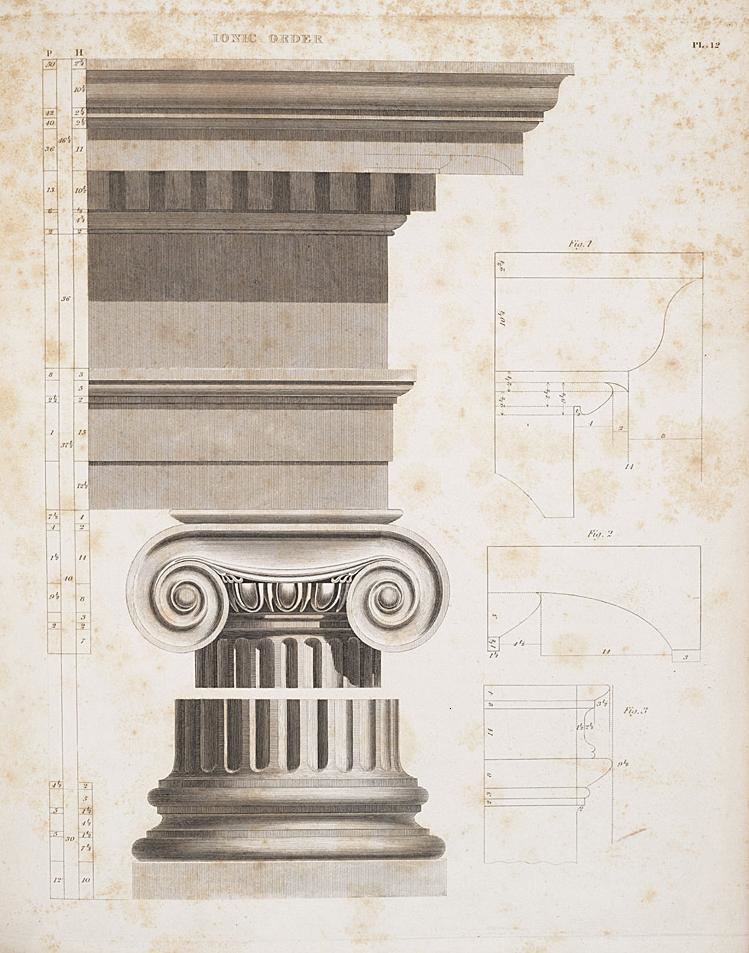 | ||
Projects Wrote seven pattern books to help elevate American architectural taste Books The American builder's companion, or, A system of architecture People also search for Minard Lafever, Jonathan Leavitt, Josiah Hasbrouck, Chester Hills, William H. Prescott Structures Old West Church, Charles Street Meeting, Leavitt‑Hovey House, Headquarters House, Asa Waters Mansion | ||
Asher benjamin his influence on conn valley architecture
Asher Benjamin (June 15, 1773 – July 26, 1845) was an American architect and author whose work transitioned between Federal architecture and the later Greek Revival architecture. His seven handbooks on design deeply influenced the look of cities and towns throughout New England until the Civil War. Builders also copied his plans in the Midwest and in the South.
Contents

Life and work
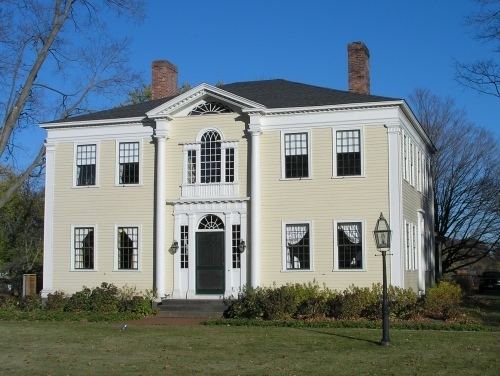
Asher Benjamin was born in rural Hartland, Connecticut, shortly after which his father died. The first 30 years of his life would be spent in the Connecticut River Valley. He received his early training from a local builder, and showed an aptitude for architecture by carving Ionic capitals for the 1794 modifications to the Oliver Phelps House at Suffield, Connecticut. In 1795-1796 he designed and built a stone spiral staircase in the Old State House at Hartford, which had been designed by Charles Bulfinch. The latter's use of overall symmetry, blind arches, fanlights and smooth brick greatly influenced Benjamin, who would help spread the urbane Federal style into the countryside. Gideon Granger would write of Benjamin that:
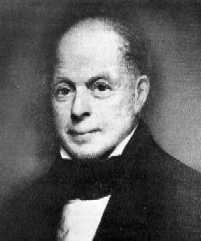
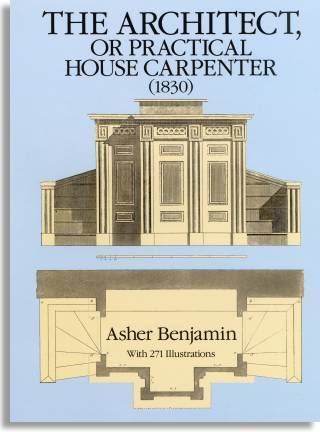
He first settled in Greenfield, Massachusetts, where he built two large houses, including the Leavitt House (today's Leavitt-Hovey House) for Judge Jonathan Leavitt, as well as publishing his first handbook, The Country Builder's Assistant (1797). On November 30, 1797, he married Achsah Hitchcock of Brookfield, who bore him four children. Benjamin later moved to Windsor, Vermont, where he built three large houses and the Old South Congregational Church (1798).
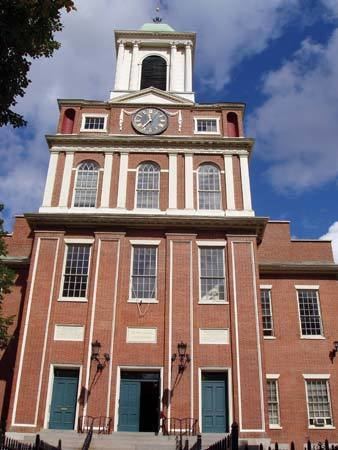
By 1803, he was in Boston. Listed in the city directory as a housewright, he designed numerous churches and houses. He also appears to have conducted the country's first architecture school, credited with teaching Robert Henry Eddy, Elias Carter, Solomon Willard, Samuel Shepherd and Ithiel Town. After his first wife died on January 30, 1805, on July 24 he married Nancy Bryant of Springfield, who bore him another four children.
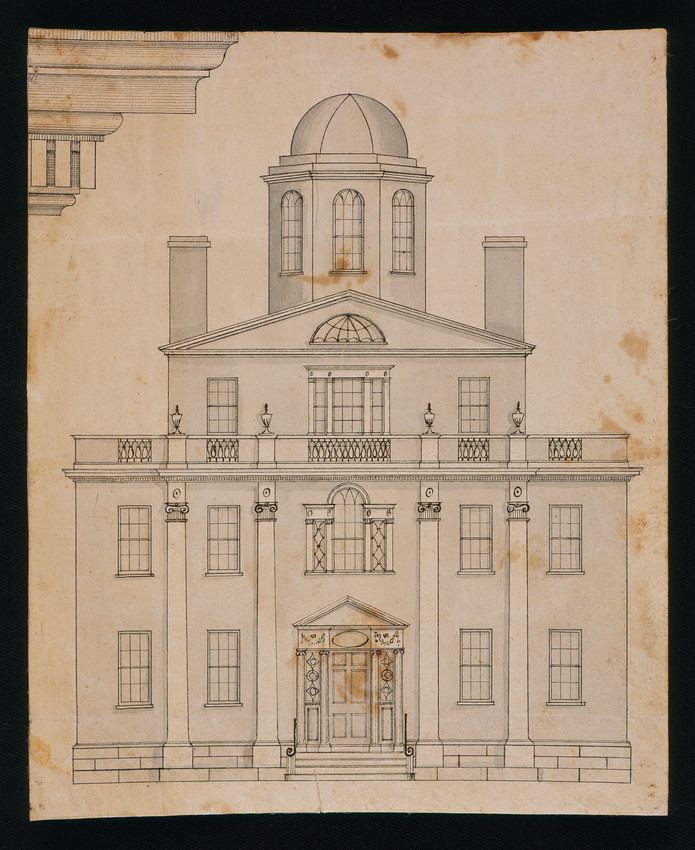
In 1823 and 1824, Benjamin was elected alderman of Boston as part of the "Middling Interest," a coalition of middle class entrepreneurs and artisans opposed to the Federalists, and who supported Josiah Quincy for mayor. He would help Mayor Quincy and Alexander Parris plan Quincy Market. But his political ambitions were curtailed by financial problems, which led to bankruptcy in 1825. From 1825 to 1827 he left Boston to supervise construction of locks, canals, roads and mill buildings for the Nashua Manufacturing Company in Nashua, New Hampshire. He also designed two churches there before returning to Boston.

Benjamin's greatest influence, however, is due to his pattern books. They were the first written by an American architect, bringing architectural history, style and geometry to ordinary builders in the field. He adapted many designs by James Gibbs and Colen Campbell of Great Britain to fit the scale and finances of New England communities. These handbooks provided superb drawings and practical advice for full house plans, including such details as circular staircases, doorways, fireplace mantels, dormer windows, pilasters, balusters and fences. He sketched proposals for dwellings and churches, even a courthouse. The archeological sources of his designs were scrupulously cited, from the Temple of Hephaestus in Athens to the Arch of Titus in Rome. Other architects, including Ithiel Town and Ammi B. Young, freely assimilated his plans, as did innumerable carpenters. Indeed, the charm of many early New England towns owes a debt to Asher Benjamin. The Ridge in Orford, New Hampshire features a series of houses based on designs from his books, many of which remain in print. And although he helped disseminate the Federal style, he was not averse to changing fashion. In fact, his book published in 1830, The Architect, or, Practical House Carpenter, helped redirect American taste towards the Greek Revival.
But as architectural historian Talbot Hamlin writes:
"...he, more than any other person is responsible for the character we roughly call 'Late Colonial'; his moldings, his doors and windows and his mantels and cornices decorate or at least inspire the decorations of numberless houses up and down the New England coast and in the New England river valleys."Asher Benjamin died in Springfield at the age of 72.
